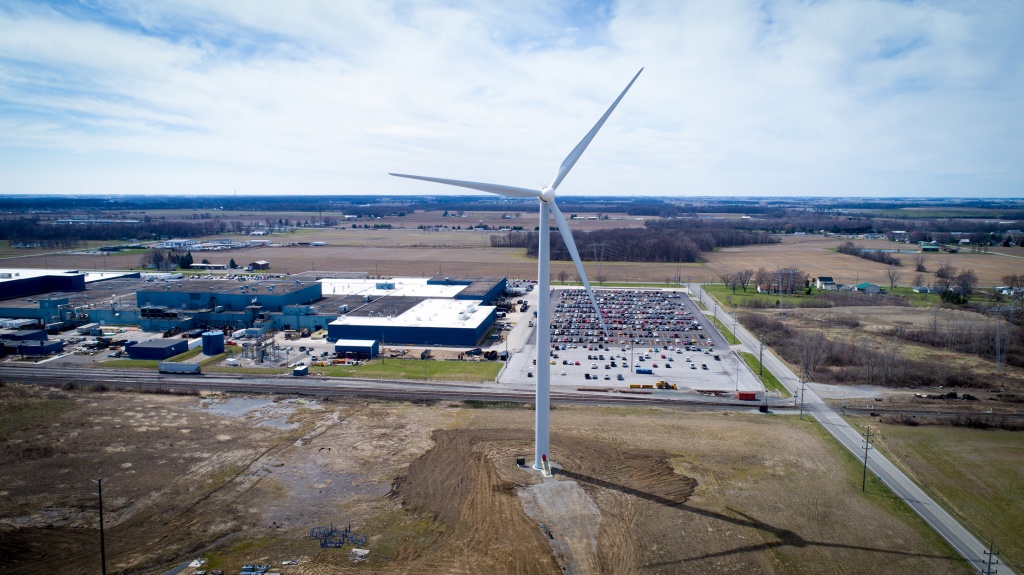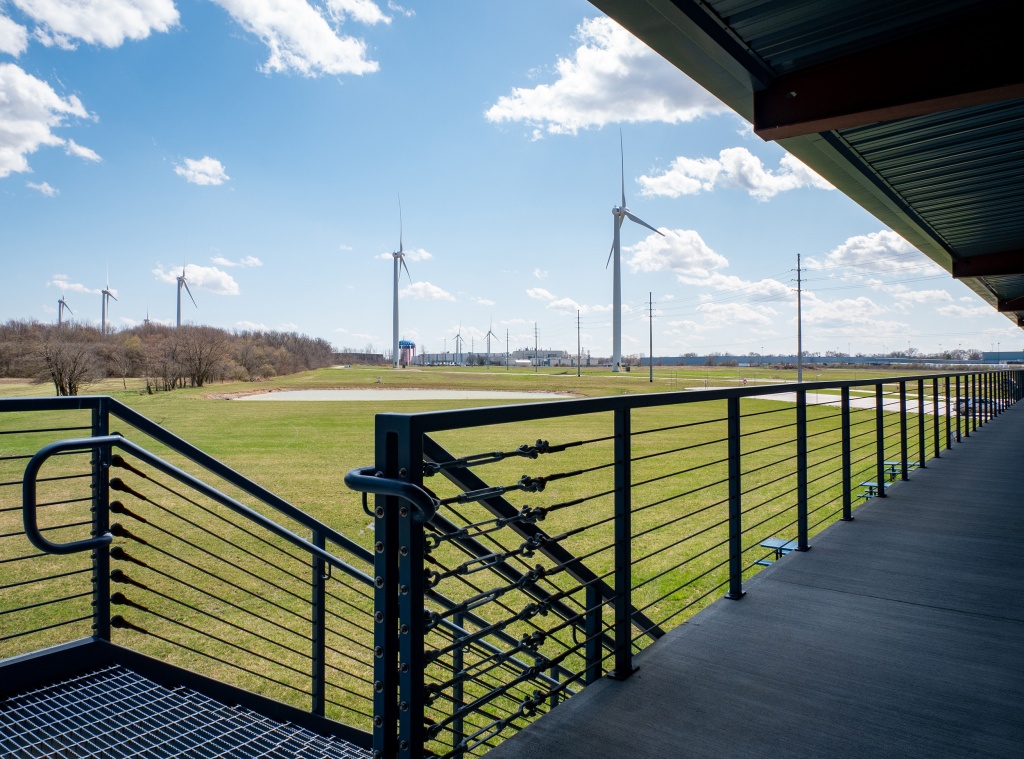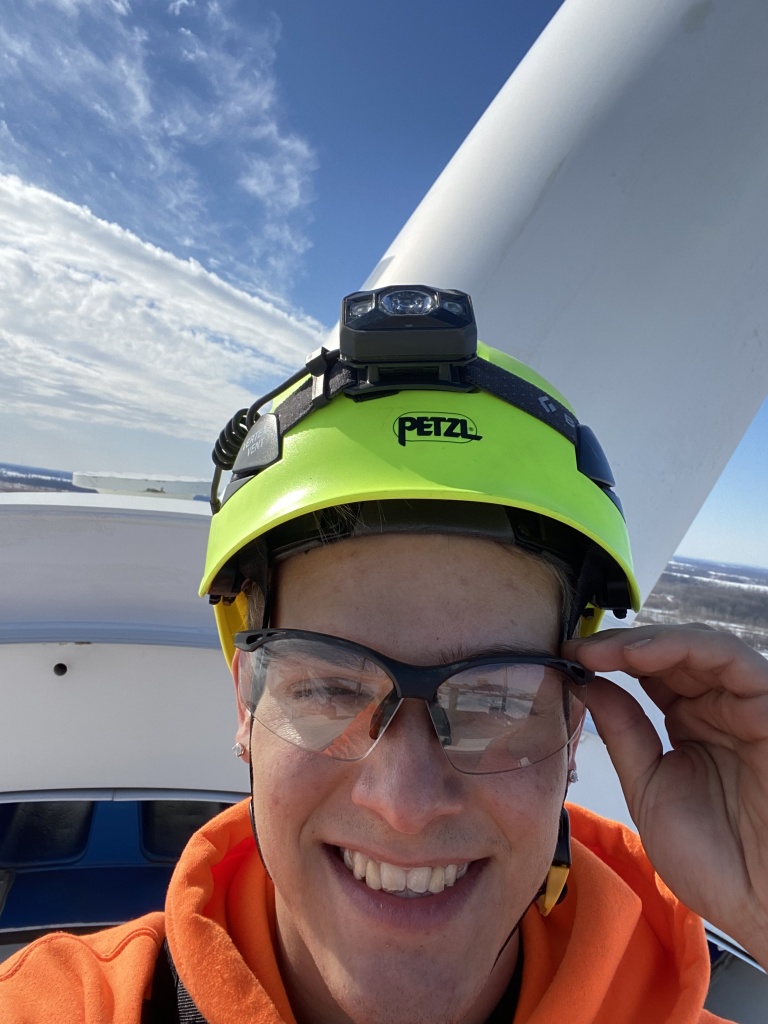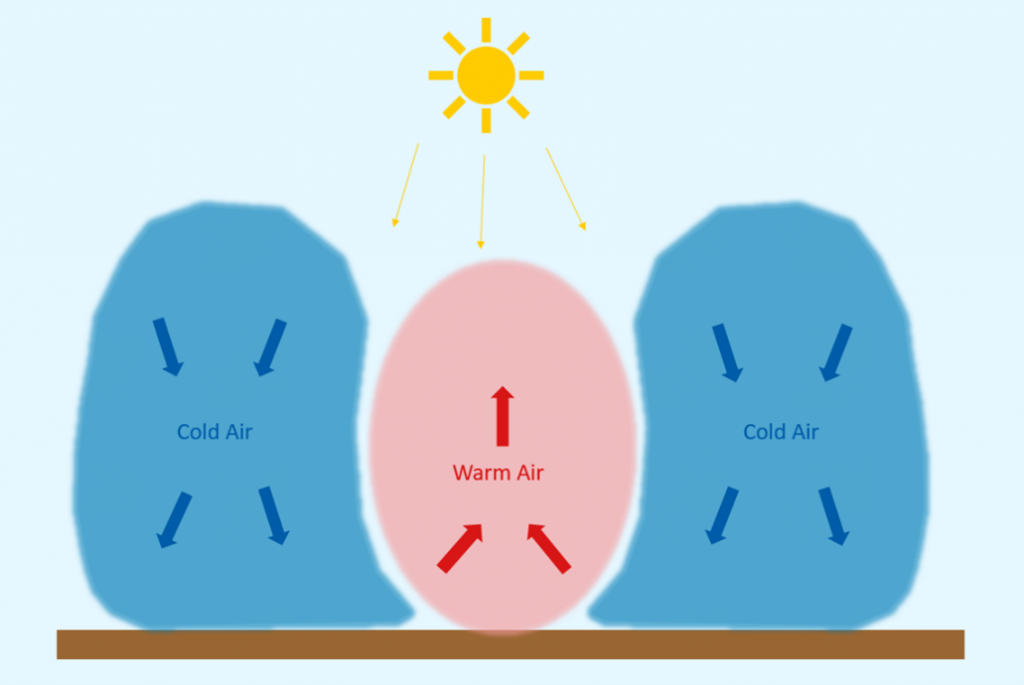We’re all familiar with the old adage, “there is no ‘I’ in TEAM.” My philosophy is there is no “boss” in that word either. Although I am the head of our small group of skilled, dynamic, and competent staff members, my aim is not to administrate them, but instead to empower them to produce their best work.
I’m not talking about jumping in the trenches and getting my hands dirty – although it’s important to do that as well. I’m referring to providing the necessary tools for my team members to work at maximum capacity, to be creative, and to feel free to explore options in a safe space.
There is a leadership style called “bottom-up management,” where employees at all levels of an organization provide input on the vision of the company and how to approach work on projects and goal setting. These ideas are funneled up to executive leadership and are used to determine the direction of the organization. Following this model allows plentiful opportunities for employees to provide feedback, be invested, and generally feel more engaged in their work environment. In short, employees are empowered.
This bottom-up technique is not without drawbacks. If not implemented properly, those doing the day-to-day work may feel confused about where to go with questions, unsure of how to alter course when things aren’t going smoothly, or – especially if they are used to a more traditional hierarchy – feel that there is a lack of leadership within the organization.
I don’t fully subscribe to bottom-up management because it implies some people are at the bottom. Realistically, there are just some employees with less experience than others, those who require more coaching, and those who are not interested in moving to the management level.
I once listened to an interview with Brian Riley, the head coach of the Army Black Knights, a Division 1 college hockey team at the United States Military Academy, West Point. During 18 seasons as head coach, he has amassed numerous accolades, including the Atlantic Hockey Association (AHA) Coach of the Year three times – a hat trick! In the interview, Riley spoke about how much he enjoys being a part of the process to shape and develop players. He said it is an honor and a great responsibility to serve the young people who will use this experience as part of their foundation as they go forth to serve their country and society.
My goal is to incorporate the best aspects of bottom-up management, while applying the insight of Coach Riley, which is to remain focused on the fact that I am here to serve my team. Despite being a small team of people, I am able to utilize a more agile, personalized, and flexible approach. I prioritize:
- Giving team members time and space to be creative without inserting my opinions
- Providing opportunities for trial and error, whenever possible
- Removing obstacles
- Being on the lookout for opportunities for growth and professional development
- Connecting people to resources
- Recognizing the strengths and weaknesses of each team member
- Maintaining open communication with individuals and the group as a whole
- Encouraging continuous multi-directional feedback
- Acknowledging and giving credit for successes
In this way, I feel that I work for my team. Of course, we need to keep our customers happy. And sure, my paycheck says, “One Energy.” But I know where my bread is buttered. If I am not able to help create the most optimal conditions for our team to put out the best work possible, eventually there will be no customers…and no paycheck.
With all that said, it is also true that roles are important. Each person has a contribution that is unique and will benefit the whole. Team members should play to their strengths yet stretch their comfort zone to make expected – and unexpected – contributions. My role is to represent our team internally and externally, to mediate communication between us and upper management, and to take the lumps when things don’t go as expected.
In the interview, Coach Riley said that “By the time our players leave here, they are ready to lead.” While my intent is to keep our brilliant and exceptional workers happily employed – and working with me – my ultimate goal is for them to feel that I served them well and that they too are ready to lead.
Rich Bohon is the Head of Analytics at One Energy.
Learn more about Rich and the One Energy team.


































